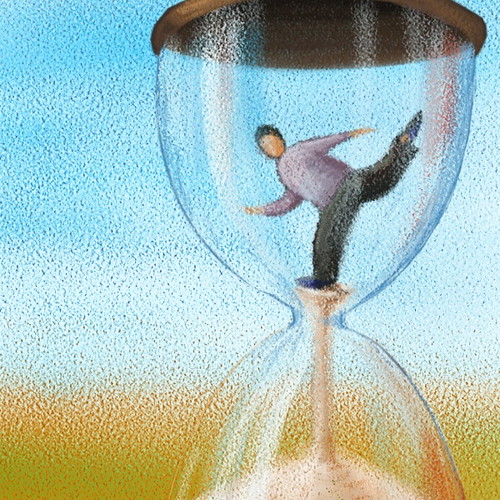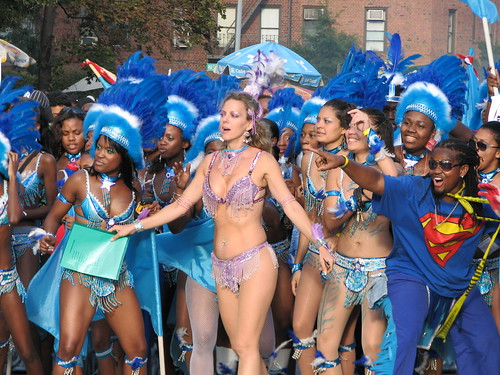
Me, I’m an oddball.
I follow a healthy eating plan although I’m thin as a rail (which most people find strange), I believe in polyamory, and I often say some of the most retarded stuff you can imagine in conversations.
Many of the persons I coach have this belief that they are weird and that if most people would know them as they are, they would ridicule them or reject them.
So they frequently keep to themselves in social interactions and they avoid showing their true personality.
I want to shed the light once and for all on this weirdness issue. This will help you embrace your weirdness and accept yourself as you are.
Pretty cool, ha?
Everybody Is Weird
Whenever I talk with a person that believes they are quirky or strange, I realize they have this mistaken feeling of being the only one like that. They think just about everyone else is normal, except for them.
In my experience, things couldn’t be further from the truth.
We all have are own peculiarities, we are all deviations from what is routinely considered a ‘normal, respectable person’.
Let me tell you something: that normal person doesn’t exist. It’s a made-up social concept.
The only reality about weirdness is that:
1) Some people’s weirdness is easier to notice because it has to do with the way they look, dress, talk or commonly behave, while other people’s is harder because it relates more with their intimate life.
2) Many individuals are really good at hiding their bizarre side and putting on what they deem as a socially acceptable facade. Get to know them better, and you may find out they attempted suicide twice this year, or who knows what.
The suicide example is a true story, by they way. I recently met this girl who seemed so normal, until… well… I dug deeper. I’m good at that.
Weird Is What Makes People Bond
Okay, some perilous types of weird, like attempting suicide or being a wife beater, can be a turnoff. Although, you’d be surprised how even a trait like that will make you more endearing in somebody’s eyes!
But the general rule is this: it is our weirdness and vulnerability that makes us bond as human beings.
When a person seems to fit the standard pattern too well, they may appear like a quality individual at an intellectual level, but at an emotional level, it’s very hard to bond with such a person.
It’s our peculiarities and our rough edges that make us human and allow us to connect at a deep level, not fitting some unrealistic social standard.
Here’s something essential to know about those individuals who seem (and I stress the word ‘seem’) to be very ‘appropriate’.
You know the type: great job, perfect physical shape, doesn’t drink, doesn’t smoke, doesn’t offend anybody, has all the correct opinions, etc.
Most people I talk with have one thing to say about such individuals:
Booooooring!
Unleash Your True Self
Now, taking into account all that I’ve emphasized so far, there is one proper course of action regarding weirdness:
Bring it into play!
Instead of hiding your true self because you don’t want others to judge you, consciously open up more and express that side of your personality you traditionally hide.
And I don’t mean express it just with some people, if they seem to approve of it. I mean express it with everybody, no matter what they may think of it. This is how you build your self-acceptance.
This only thing that should matter to you is whether you’re OK with that side of your personality. If you are, anything else is secondary.
In my case, I know that I have some bizarre opinions or I make some lifestyle choices that many don’t understand. But I understand them, and they make sense for me. So I have no hesitation in displaying them.
Ultimately, embracing your weird side comes from putting it out there more and changing the way you think about it.
More on this changing your thinking part coming soon, in my social confidence newsletter.
In the meantime, remember that everybody is an oddball in some way; and at the end of the day, those that show it confidently and unrepentantly have the most to gain.
Have fun and stay tuned!
Image courtesy of rishibando







